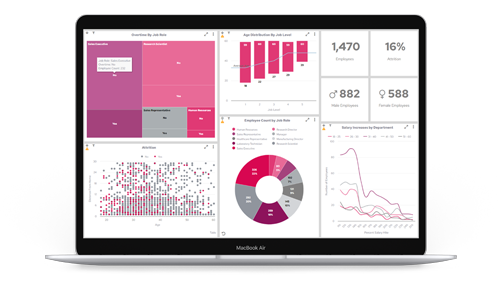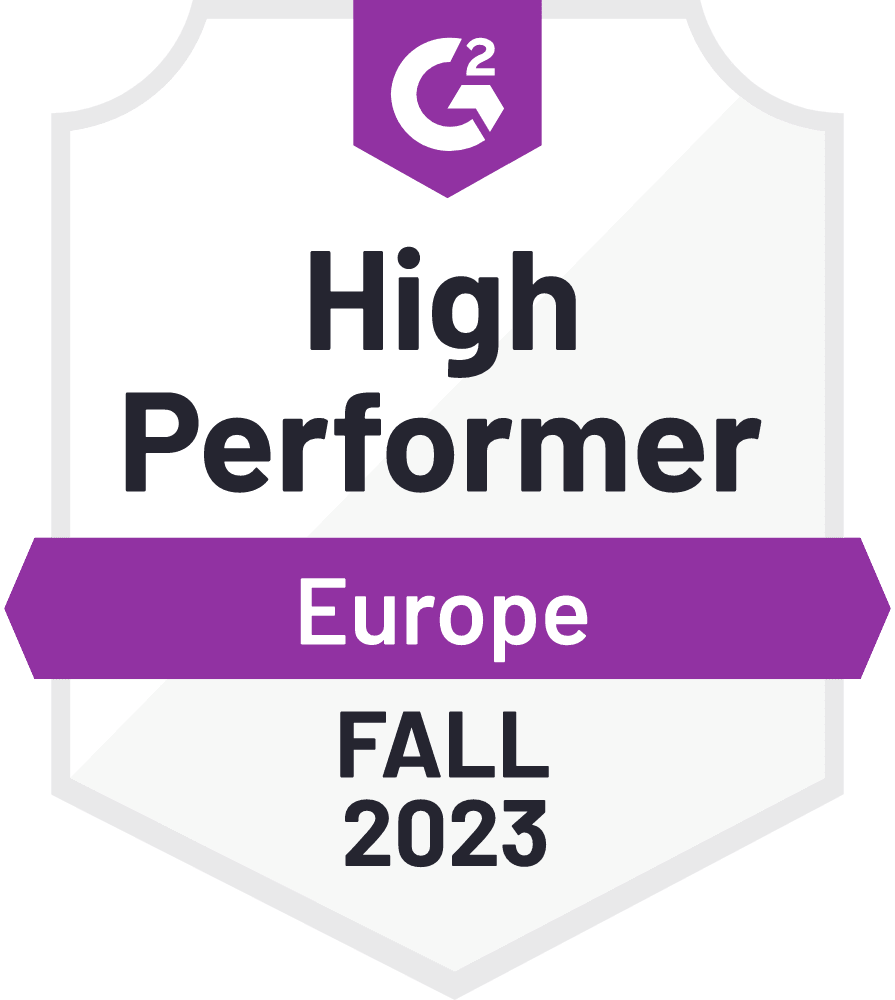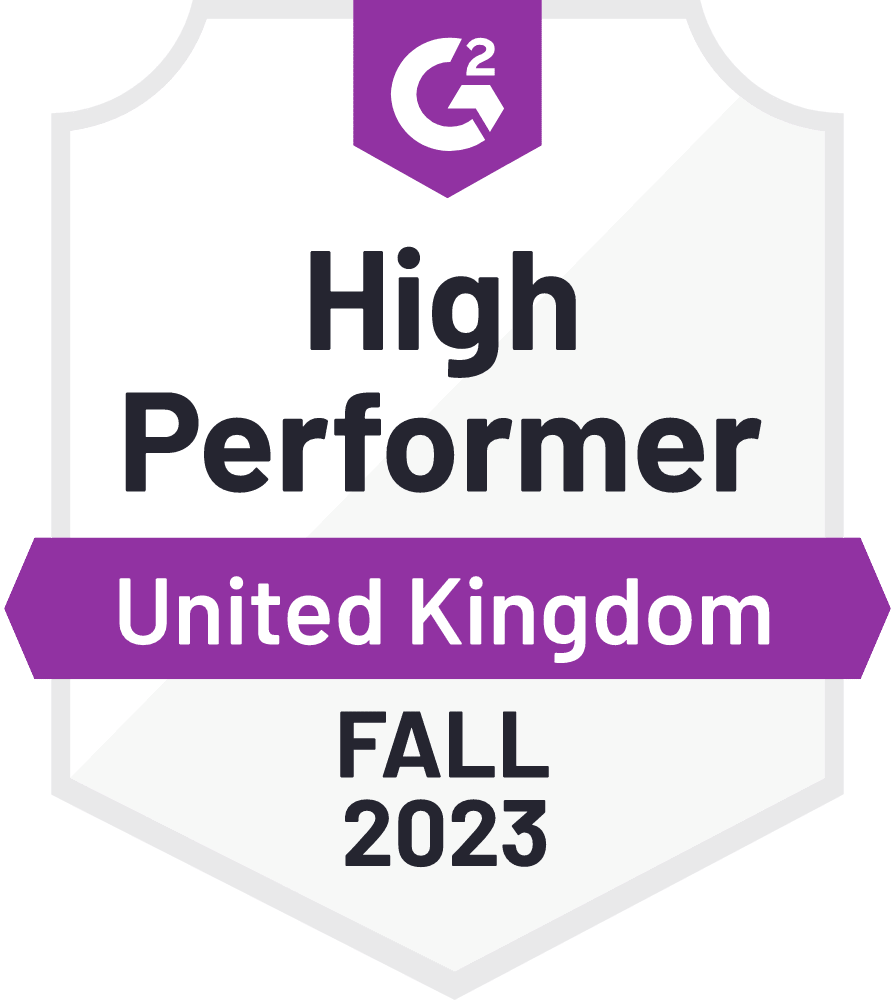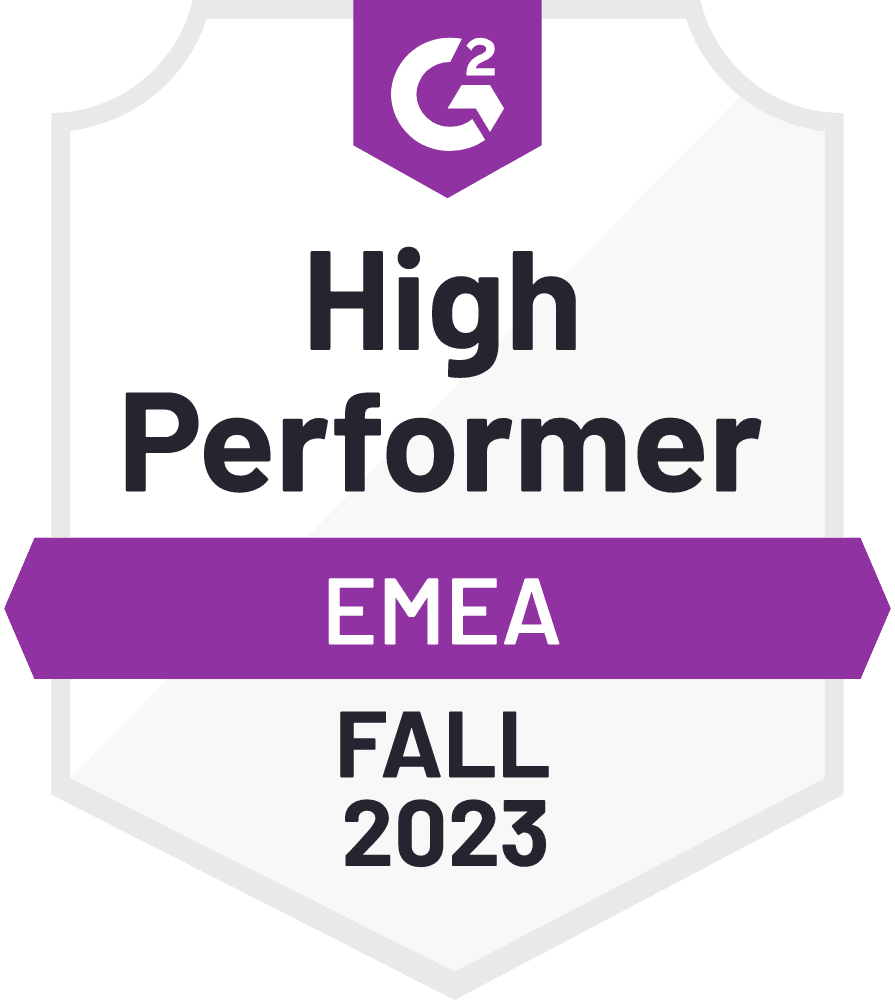Educational institutions which grasp the possibilities of predictive analytics will not only affect the way in which students are monitored and nurtured; it is also likely to change the way in which the curriculum is structured and delivered to better suit the students. Predictive modelling allows educational institutions to make decisions based on their data which can improve outcomes for their students and also for the institutions themselves.
Benefits of predictive analytics to the education sector
At-Risk Students: Predictive analytics can identify at-risk students as early as possible to avoid them falling behind. Contributing factors may include attendance levels, grades, behaviour etc. These considerations can be put into a model and support can be provided to the at-risk students to ensure their learning journey is successful.
Enrolment Management: Predictive analytics can also identify which students have the best chance of passing their exams. At a university, for example, departments can plan for future classes of high performing students who are likely to study for a master’s degree. In contrast, they can also plan for students who are likely to leave university without a degree and they can provide support to ensure this doesn’t happen.
Adaptive Learning: Reporting allows teachers/lecturers to find gaps in individual students’ learning; this allows for customisation to the academic topics to suit the student’s learning style. Predictive analytics provides feedback that occurs more frequently, meaning that educators can act earlier to provide a better learning experience for the student.
The technology
Educational institutes have ever-growing data sets and recent technological advances have allowed for the possibility of extracting useful insights which will contribute to developing predictive models and improving the student’s learning experience.
Typical touch points for a student include lecture clock-ins, VLE logins, library clock-ins and accessing course material. Being able to monitor and track these touch points enables predictive analytics software to develop student insights.
Predictive analytics software, such as Pi Analytics, retrieves data from a variety of sources and it collects, measures, analyses and reports on this data. An industry-specific example is: the software will take data from the educational institution’s management system and it will collect, measure, analyse and report on this data to produce insights referring to the learner’s progress and the way in which the student learns.
The future
In the years to come, we are likely to see the education sector identify numerous ways in which insights, collected from predictive analytics modelling, can be put to use.
Future possibilities for predictive analytics in education include:
- Assisting high school students to choose the best-suited courses to their interests and abilities.
- Helping educational institutions to develop recruitment strategies.
- Enabling students to assess the advantages/disadvantages of their lifestyle choices based on historical data for their course.
The possibilities are endless; if education providers are prepared to invest time and finance into predictive analytics then the results could be astounding.






















